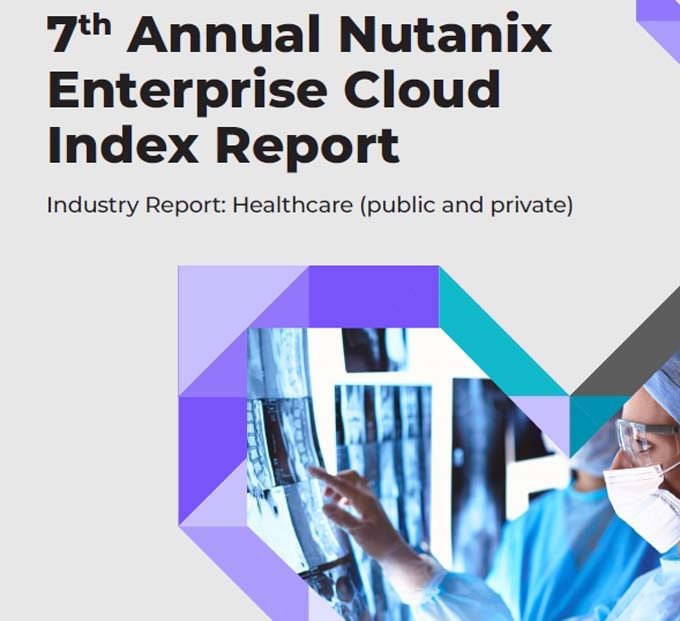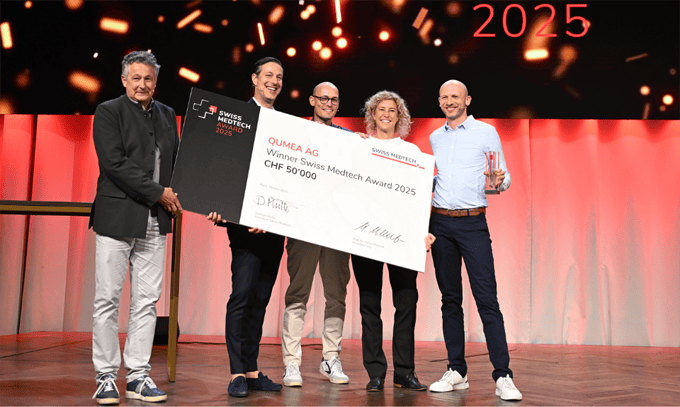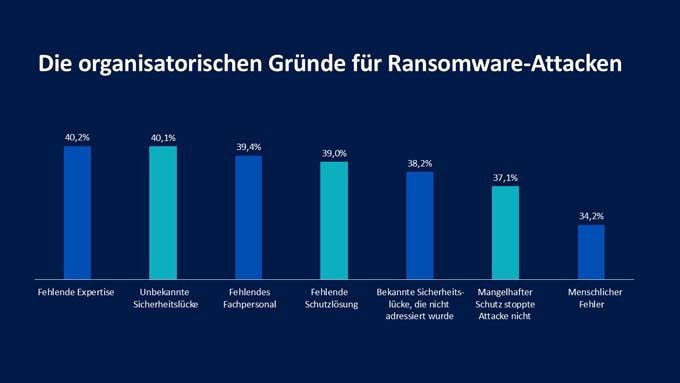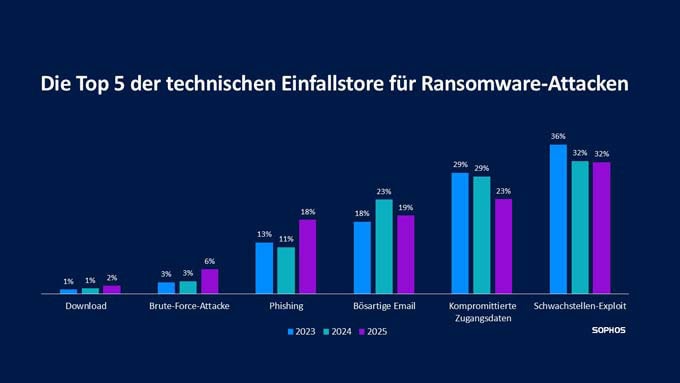77 percent of Swiss companies use AI for cyber defense
A study by Trend Micro shows the growing importance of AI for cybersecurity strategies. At the same time, concerns about cyber risks are increasing.

Trend Micro, one of the world's leading providers of cyber security solutions, has published new study results. These show that Companies are increasingly relying on artificial intelligence (AI) to strengthen their cyber defenses, but are also increasingly expressing concern about the potential of this technology to increase their attack surface and create new risks.
AI in use for cyber defense
According to the study, 77% of Swiss companies (81% worldwide) are already using AI-based tools as part of their cybersecurity strategy, while a further 17% (16% worldwide) are actively considering their implementation. Almost all respondents (96% in Switzerland, 97% worldwide) are open to the use of AI in some form. 65% of Swiss respondents (52% worldwide) are already using it for important security processes such as automated asset discovery, risk prioritization and anomaly detection. Many managers are also hoping that AI will help them to improve their cyber security: For 42% of the companies surveyed in Switzerland and worldwide, AI and automation are the top priority for improving cyber security.
AI is also a risk: concerns are growing
However, the increasing spread of AI solutions also harbors considerable risks. An overwhelming 94 percent of Swiss companies (and 94 percent worldwide) believe that AI will have a negative impact on their cyber risks in the next three to five years. Two thirds (67% in Switzerland compared to only 53% globally) expect an increase in the scale and complexity of AI-driven attacks, which will force them to rethink and reorganize their existing cyber security strategies. The biggest concerns of Swiss companies regarding the use of AI include
- the risk of disclosing sensitive data (44 percent in Switzerland, 42 percent worldwide)
- the possibility of protected data being exploited by untrustworthy models (41 percent in Switzerland, 36 percent worldwide)
- Uncertainty about how data is processed and stored by AI systems (41 percent in Switzerland, 38 percent worldwide)
- the monitoring challenges posed by the increase in new endpoints and APIs (31 percent in Switzerland, 31 percent worldwide)
- the emergence of blind spots due to the spread of shadow IT (30 percent in Switzerland, 31 percent worldwide)
- Increased compliance pressure (30 percent in Switzerland, 33 percent worldwide)
"AI holds tremendous potential for strengthening cyber defenses, from faster anomaly detection to automating time-consuming tasks," said Rachel Jin, Chief Enterprise Platform Officer at Trend Micro. "But attackers are just as eager to use AI for their own purposes, and this is creating a rapidly changing threat landscape. Our research and real-world testing make it clear that cybersecurity must be built into AI systems from the start. There is simply too much at stake."
Source: Trend Micro

























